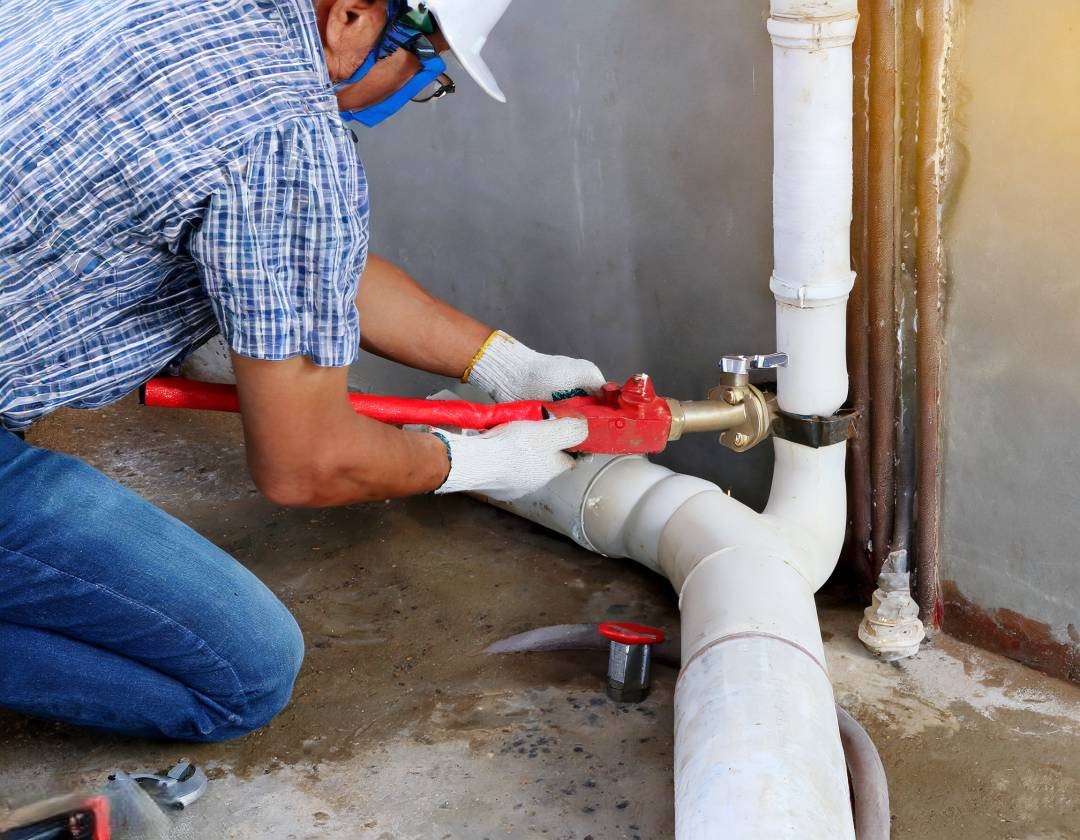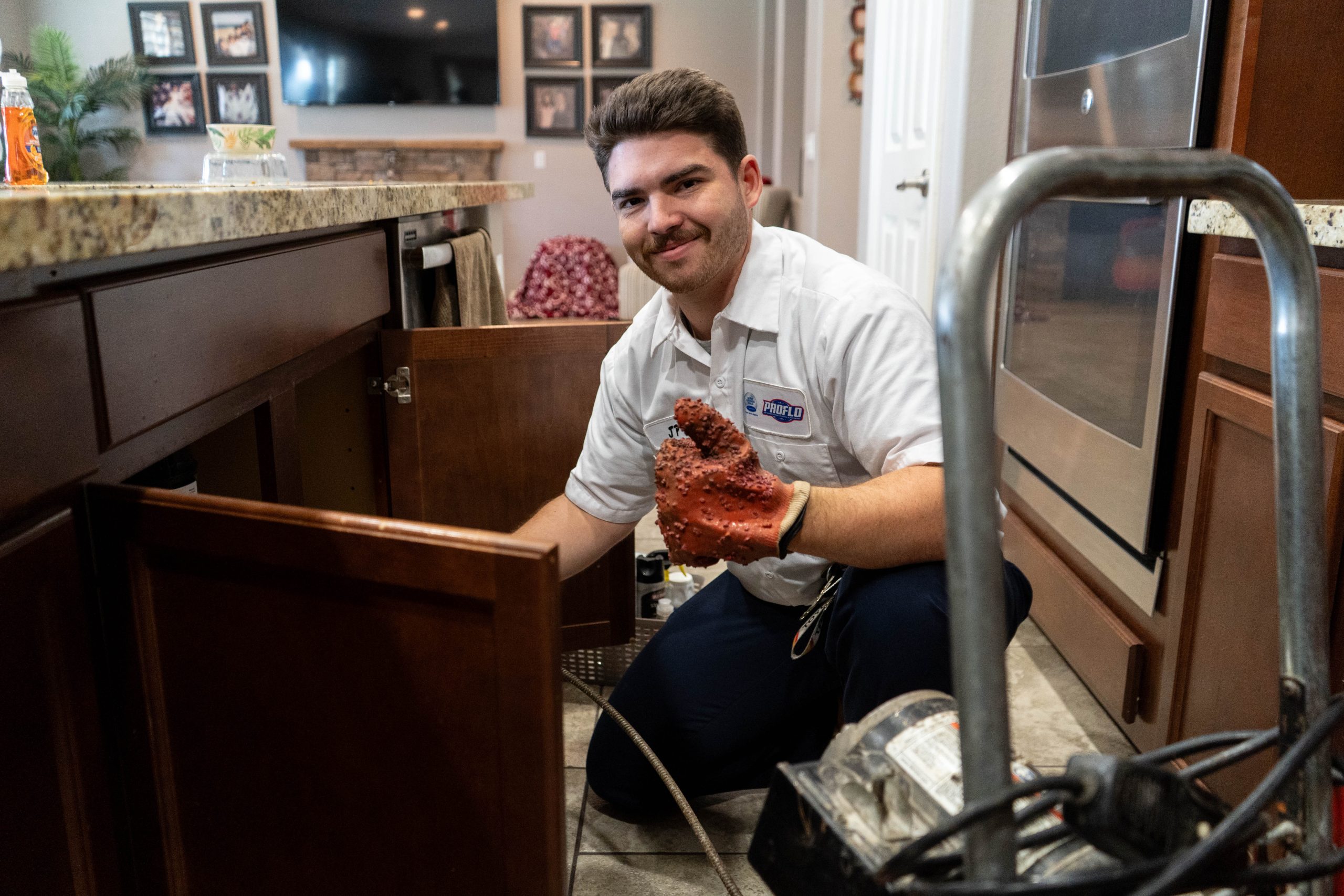Practical Methods to Resolve Plumbing Issues in Older Homes
Practical Methods to Resolve Plumbing Issues in Older Homes
Blog Article
On this page further down yow will discover a lot of incredibly good news concerning Common Plumbing Problems in Older Homes.

Older homes typically come with beauty, character, and background, but they can additionally bring a host of plumbing issues. Whether you're managing maturing pipes, low tide pressure, or leaks, recognizing just how to attend to these common problems is essential to preserving a risk-free and useful home. In this overview, we'll check out the typical pipes challenges dealt with by older homes and provide functional remedies to keep your pipes in top form.
Understanding Typical Plumbing Concerns
Aging Pipelines
Among the most common issues in older homes is maturing pipes. Relying on the period in which your home was built, the pipelines could be made from products that have actually deteriorated over time, such as galvanized steel, cast iron, and even lead. These products can corrode, end up being weak, or create leaks, resulting in water damages and possible health hazards.
Low Water Stress
If you're experiencing low water pressure, maybe as a result of mineral deposits, rust inside the pipelines, or old components that are no longer operating successfully. This can be a major hassle, particularly in locations like showers and sinks.
Dripping Pipes
Leakages are an additional constant concern in older homes, frequently triggered by rusty or worn-out pipes. Even little leakages can cause substantial water damages, mold growth, and boosted water expenses otherwise resolved without delay.
Outdated Components
Out-of-date pipes components such as taps, bathrooms, and showerheads not just look old but may additionally be less effective, prone to leakages, or inappropriate with modern-day plumbing requirements.
Pipe Deterioration
Corrosion is an usual problem in older pipelines, specifically those made from galvanized steel or cast iron. Corroded pipelines can restrict water flow, trigger discoloration, and ultimately result in leaks or pipeline ruptureds.
Examining the Problem of Your Plumbing
Examining Visible Pipes
Begin by examining any visible pipelines in your house, such as those in cellars, crawl spaces, or under sinks. Try to find indicators of rust, leaks, or corrosion, which can suggest underlying issues.
Looking for Leakages
Check for leakages by inspecting locations around taps, toilets, and under sinks. You can additionally monitor your water meter prior to and after a period of no water make use of to identify concealed leaks.
Water Top Quality Testing
Older pipelines can affect the top quality of your water. Conduct a water high quality test to check for pollutants such as lead, corrosion, or other impurities that may be presented by aging pipelines.
Solutions for Common Pipes Concerns
Replacing Aging Pipelines
If your home has old, weakening pipelines, think about replacing them with contemporary products like copper or PEX. This can be a significant financial investment, but it will certainly prevent future problems and improve the safety and integrity of your plumbing system.
Taking Care Of Low Tide Pressure
To deal with low water pressure, start by cleansing or replacing old components and eliminating mineral buildup in the pipes. If the trouble persists, it might be essential to replace areas of rusty pipelines.
Repairing and Changing Leaking Pipes
For small leaks, you can make use of pipe clamps or epoxy putty as a momentary fix. However, it's finest to replace leaking pipelines entirely to prevent further damage.
Upgrading Fixtures
Updating old fixtures to contemporary, water-efficient models can enhance your home's pipes performance and lower water usage. Seek fixtures with the WaterSense label for the best performance.
Handling Pipe Deterioration
If your pipelines are rusted, replacing them with corrosion-resistant products like copper, PVC, or PEX is the best service. Normal inspections and water high quality upkeep can aid avoid additionally rust.
When to Call a Professional
While some pipes concerns can be handled with DIY options, there are times when it's best to hire a specialist. If you're taking care of major leakages, comprehensive deterioration, or are uncertain about the condition of your pipes, a qualified plumbing can supply expert evaluation and fixing.
Preventive Maintenance Tips
Routine Examinations
Regularly examine your plumbing system for indications of deterioration. Catching issues early can stop pricey fixings down the line.
Water Stress Policy
Ensure your water stress is within the advised range to stay clear of emphasizing your pipelines and fixtures. A plumbing technician can set up a stress regulator if needed.
Water High Quality Upkeep
Set up water filters or softeners if your water high quality is poor. This can safeguard your pipes and components from damages triggered by hard water or impurities.
Proactive Pipeline Replacement
If your home has very old pipelines, think about proactive substitute prior to major concerns develop. This can save you from emergency fixings and water damages.
Final thought
Taking care of pipes problems in older homes requires a mix of caution, preventive upkeep, and prompt upgrades. By comprehending the common difficulties and knowing when to look for expert aid, you can guarantee your plumbing system continues to be practical and trustworthy for several years ahead.
7 Common Plumbing Issues in Older Homes
Read More Plumbing Articles
Whether you're mulling over purchasing your dream period property, or you already own one, being aware of common plumbing problems in old homes can help you avoid expensive mishaps.
Many plumbing problems in old homes are similar to those faced in newer properties, but some are more prevalent in houses over a certain age. If you've recently bought an old house or haven't had your aging plumbing system inspected in a while, it's worth keeping an eye out for the following issues:
Bad Pipe Materials
Depending on the age of your home, the pipe materials used in your plumbing system may not comply with modern building codes and could be unsafe.
Lead pipes are the most dangerous type of old plumbing pipes. This metal was once used extensively for manufacturing water pipes because it's easy to shape and has a long lifespan. Plumbers also used it to solder joints between pipes made from other materials. However, lead can cause serious health problems, particularly in children. Drinking water from pipes containing lead can lead to lead poisoning symptoms, such as stomach pain and fatigue, so it's essential to replace them if you discover them in your home.
Outdated Fixtures
Even if the previous owners installed high-quality fixtures, these won't be immune to the effects of age and wear and tear. Over time, fixtures can corrode and wear down, increasing the likelihood of leaks and clogs.
Sometimes, an outdated fixture can be a minor irritation that makes using your plumbing system less convenient. However, it's best to maintain older plumbing components carefully and replace them when they show signs of failure to avoid a major leak and water damage.
Corroded or Leaking Pipes
Corroded pipes are a common plumbing issue in old homes. Corrosive substances in the water supply can gradually break down the metal used to make the pipes, eventually causing leaks. Corrosion can also cause sediment to build up, increasing the chances of a clogged pipe. All these issues take time to develop, making them more likely in old house plumbing.
Drain Problems
Older home drainage systems were often installed before the arrival of appliances such as garbage disposals, so they're frequently incapable of handling modern household usage. The result could be frequent clogs or water backing up into sinks and other fixtures.
A failing sewer line is the most serious drainage issue commonly encountered in old houses. This problem is more likely if you've remodeled your home to add more fixtures, placing more pressure on a sewer line not designed for the purpose. Eventually, the line can become clogged, causing unpleasant indoor smells, poor drainage and contaminated wastewater backing up into your fixtures.
Pipe Bellies
Pipe bellies develop when pipes buried in your home's foundation start sagging as the building settles. They create downward slopes, affecting water drainage and increasing the risk of significant blockages. You don't need to worry about pipe bellies in a pressurized main line, as the water pressure prevents the pipes from clogging, but they can cause issues in drain lines.
Root Intrusion
Root intrusion occurs when trees and other shrubs grow roots too close to your sewer line or water service line. Sometimes, the roots penetrate the pipe walls, leading to leaks and soft or wet areas in your yard.
Unfortunately, root intrusion is a more common plumbing problem in old homes. That's because older houses are more likely to have pipe bellies allowing standing water to accumulate, attracting roots to the moist conditions.
https://www.elocal.com/resources/home-improvement/plumbing/faq/plumbing-issues-in-older-homes/

I'm certainly very interested in Common Plumbing Challenges In Old Buildings and I'm hoping you enjoyed reading the blog post. Sharing is good. Helping people is fun. Thank you so much for taking the time to read it.
Details Here Report this page